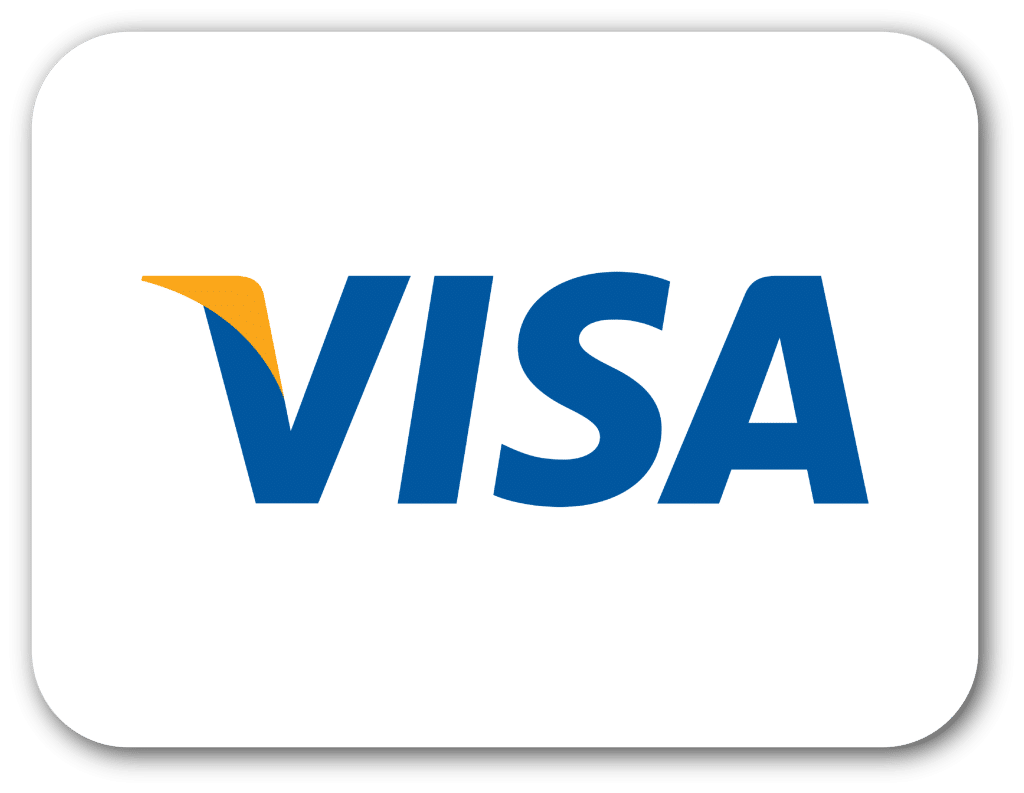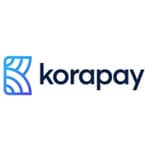- Perdagangan
Brokerage Accounts
Trading Services and Programs
- Funded Trading
- TenAcademy
- Partners
Kemitraan
- Company
Who is Tentrade?
 IDMenuMenu
IDMenuMenu
When you step into the world of trading, two terms you will hear over and over again are Leverage and Margin.
Leverage in trading allows you to control a large trade size with a small amount of your own money. It’s like borrowing capital from your broker to access more of the market than you could with just your account balance.
Think of leverage like using a ladder to reach something high up. The ladder (leverage) helps you reach greater heights (larger trades), but if you lose balance (the trade goes against you), the fall can be harder.
Now that we know what leverage means, let’s see how it actually works in practice.
Leverage is usually shown as a ratio, such as 10:1, 50:1, or 100:1. This tells you how much larger your position can be compared to your actual capital.
If you have $1,000 in your trading account and you use 10:1 leverage, you can open a position worth $10,000 ($1,000 x 10 = $10,000)
Now you have more buying power to open larger positions.
Leverage can be a powerful ally in the hands of an experienced trader, but it also comes with significant risks. To use it effectively, it’s essential to understand the benefits and risks of leverage before applying it to any trading strategy.
Efficient capital use: Traders can diversify their portfolio and open multiple positions with relatively little capital, optimising how their funds are deployed.
Access to larger positions: With leverage, traders can participate in markets that would otherwise be out of reach financially, such as high-value stock indices or commodities.
Flexibility in short-term trading: Leverage is particularly useful in day trading or swing trading, where quick, small price changes can be capitalized on effectively.
Magnified losses: Just as leverage increases profits, it can also increase losses. A small move against your position can wipe out your entire margin or even more.
Margin calls: If your position moves significantly against you, your broker may issue a margin call, requiring you to deposit more funds or risk your position being forcibly closed.
Psychological pressure: The fast-paced nature of leveraged trading can lead to emotional decision-making, which often results in poor risk management and overtrading.
Successful leverage trading isn’t just about chasing big profits, you need a solid plan to manage the risk that comes along with it.

Here are a few tips for
using leverage safely:
Leverage is widely used across several financial markets. Here are some of the main asset classes where leverage trading is popular:
CFDs on Forex (foreign exchange): This market typically offers the highest leverage, sometimes up to 500:1 depending on regulations and the broker.
CFDs on Commodity: Traders can use leverage in markets like oil, gold, and agricultural products. These markets can be highly responsive to geopolitical and economic events, and leverage allows you to participate more actively.
CFDs on Indices: Leverage can be used to trade baskets of assets, offering an exposure to broad market movements.
CFDs on Shares: Traders can trade CFDs on major international stocks like Apple, Tesla, Amazon, and more. Leverage gives traders the ability to magnify their exposure to share price movements, without the need to own the actual shares.
CFDs on Cryptocurrency: Many crypto exchanges offer leverage, often up to 100x, allowing traders to speculate on digital asset volatility. However, this market is particularly risky due to extreme price swings.
In trading, margin is the amount of money you need to deposit with your broker to open and maintain a leveraged position. Think of it as a good faith deposit – it’s not a fee or a cost, but a small portion of the total trade value that shows you have funds to cover potential losses.
Margin allows traders to control larger positions with less capital. It increases both potential returns and the risks involved in trading.
If you want to open a $10,000 position and your broker requires a 5% margin, you only need to deposit $500. The remaining $9,500 is effectively “borrowed” from your broker through leverage.)
To understand how margin works in trading, you should firstly understand the essential fundamentals linked to it. This enables you to manage risks and avoid unexpected margin calls. Whether you’re trading forex, commodities, indices, or shares, these key factors determine how margin impacts your trades.
The amount of money required to open a new position. This is usually expressed as a percentage of the total trade size. Example: A $20,000 position with 5% margin requires $1,000 as the initial deposit.
The minimum amount of funds you need to keep in your account to keep your position open. If the available funds in your account drop under the minimum amount, you may face a margin call.
This is a percentage that compares the total money you have in your account (including any wins or losses from open trades) to the money you’ve put aside to keep your trades open. It shows how safe your trades are and if you might need to add more money to avoid losing your positions.
A broker’s request to add funds when your account balance falls below the maintenance margin requirement. If ignored, positions may be closed automatically.
The amount of available funds in your account that can be used to open new positions or absorb losses. Pro Tip: Always keep an eye on your margin level and maintain extra funds in your account as a safety buffer to prevent your positions from being automatically closed.

When trading CFDs, margin requirements differ depending on the underlying asset. These requirements reflect the market’s volatility, liquidity, and risk level, helping both traders and brokers manage exposure effectively.
Margin and leverage are two sides of the same coin in trading, that is to say that you need both for leveraged trading to work.
is the money you put up as a security deposit to open a position. Without margin, you couldn’t access larger positions because you wouldn’t have any “skin in the game.”
is the multiplier that lets you control a bigger position than your margin alone would allow. It works because your margin acts as a collateral, while the broker covers the rest of the trade size.
Think of it like this: margin is the small upfront cash you provide, and leverage is the borrowing power that increases that cash so you can have bigger market exposure. Without margin, leverage wouldn’t exist because there’d be no capital to back it. Without leverage, margin would just be a deposit without extra buying power.
With 1:100 leverage, you only need to put down 1% margin to control a $10,000 position with just $100 of your own money. This relationship allows traders to maximize opportunities but also means risks are magnified, so understanding how both work together is key to trading safely.
Leverage and margin are powerful tools that open doors to trading opportunities far beyond your initial investment. When used wisely, they can amplify your profits and help you make the most of market movements.
However, powerful tools come with a responsibility. The same tools that boost your gains can also increase your losses. That’s why it’s essential to fully understand how leverage and margin work, know the risks involved, and always practice risk management.

Pro Tip:
Start with smaller leverage ratios, use stop-loss orders,
and never risk more than you can afford to lose.
At TenTrade, we provide flexible leverage options and transparent margin requirements so you can tailor your trading experience to your goals and risk tolerance. Use this knowledge to trade smarter, manage your capital effectively, and unlock your trading potential.
Margin is the total amount an individual invests, including any collateral provided. This margin enables a trader to control a larger position through a practice known as leverage.









PENAFSIRAN RISIKO "Contract for Differences" (CFD) biasanya merupakan produk dengan leverage. Perdagangan CFD Over-The-Counter (OTC) yang terkait dengan komoditas, Forex, Indeks, dan Saham, memiliki tingkat risiko yang tinggi dan dapat mengakibatkan hilangnya semua investasi Anda. Dengan demikian, CFD mungkin tidak sesuai dan/atau cocok untuk semua investor. Anda tidak boleh menginvestasikan uang yang Anda tidak mampu kehilangannya. Sebelum memutuskan untuk berdagang, Anda harus menyadari semua risiko yang terkait dengan perdagangan CFD OTC, dan mencari nasihat dari penasihat keuangan independen dan berlisensi yang sesuai. Kinerja masa lalu bukan merupakan indikator yang dapat diandalkan untuk hasil di masa depan. Perkiraan masa depan bukan merupakan indikator yang dapat diandalkan untuk kinerja masa depan. Informasi umum dan/atau rekomendasi yang diberikan oleh Perusahaan tidak boleh ditafsirkan sebagai saran investasi. Untuk informasi lebih lanjut, silakan kunjungi Kebijakan Pengungkapan Risiko Umum kami.
Disclaimer: Information on this site is not directed at residents in any country or jurisdiction where such distribution or use would be contrary to local law or regulation
TenTrade is a brand name of Evalanch Ltd (hereinafter the “Company”) which is Licensed and regulated by the Seychelles Financial Services Authority with license number SD082.
Evalanch Ltd, with registration number 8429760-1, has its office registered at CT House, Office 9A, Providence, Mahe, Seychelles

Copyright ©2025 TenTrade. All rights reserved.